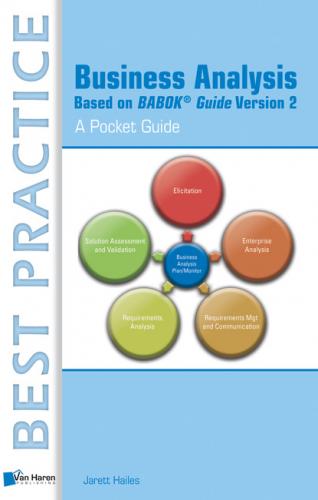Figure 1.1 Knowledge areas and their inter-relationships
In addition to the knowledge areas, the BABOK® Guide contains a set of techniques that can be applied in a variety of tasks. Techniques support the performance of tasks but may not be the only actions that need to be performed to complete a task. A set of general techniques are defined in Chapter 9 of the BABOK® Guide; some tasks also describe other techniques not found in Chapter 9 but which are relevant to that task.
1.8 Stakeholders and Their Influence on Business Analysis
There are three main types of stakeholders who are involved in a particular initiative:
■ Team members involved in accomplishing the initiative with the Business Analyst. Potential team members include implementation subject matter experts, managers, testers, and other Business Analysts;
■ Stakeholders who are directly affected by the results of the initiative, such as end users and sponsors;
■ Stakeholders who are indirectly affected by the results of the initiative.
The particular makeup of the stakeholders involved in an initiative will greatly influence how business analysis is performed. Certain techniques may not be feasible while others may be explicitly denied. Some key factors include:
Section 2.2 discusses stakeholder analysis and how its outputs are used throughout other business analysis tasks.
Конец ознакомительного фрагмента.
Текст предоставлен ООО «ЛитРес».
Прочитайте эту книгу целиком, купив полную легальную версию на ЛитРес.
Безопасно оплатить книгу можно банковской картой Visa, MasterCard, Maestro, со счета мобильного телефона, с платежного терминала, в салоне МТС или Связной, через PayPal, WebMoney, Яндекс.Деньги, QIWI Кошелек, бонусными картами или другим удобным Вам способом.
